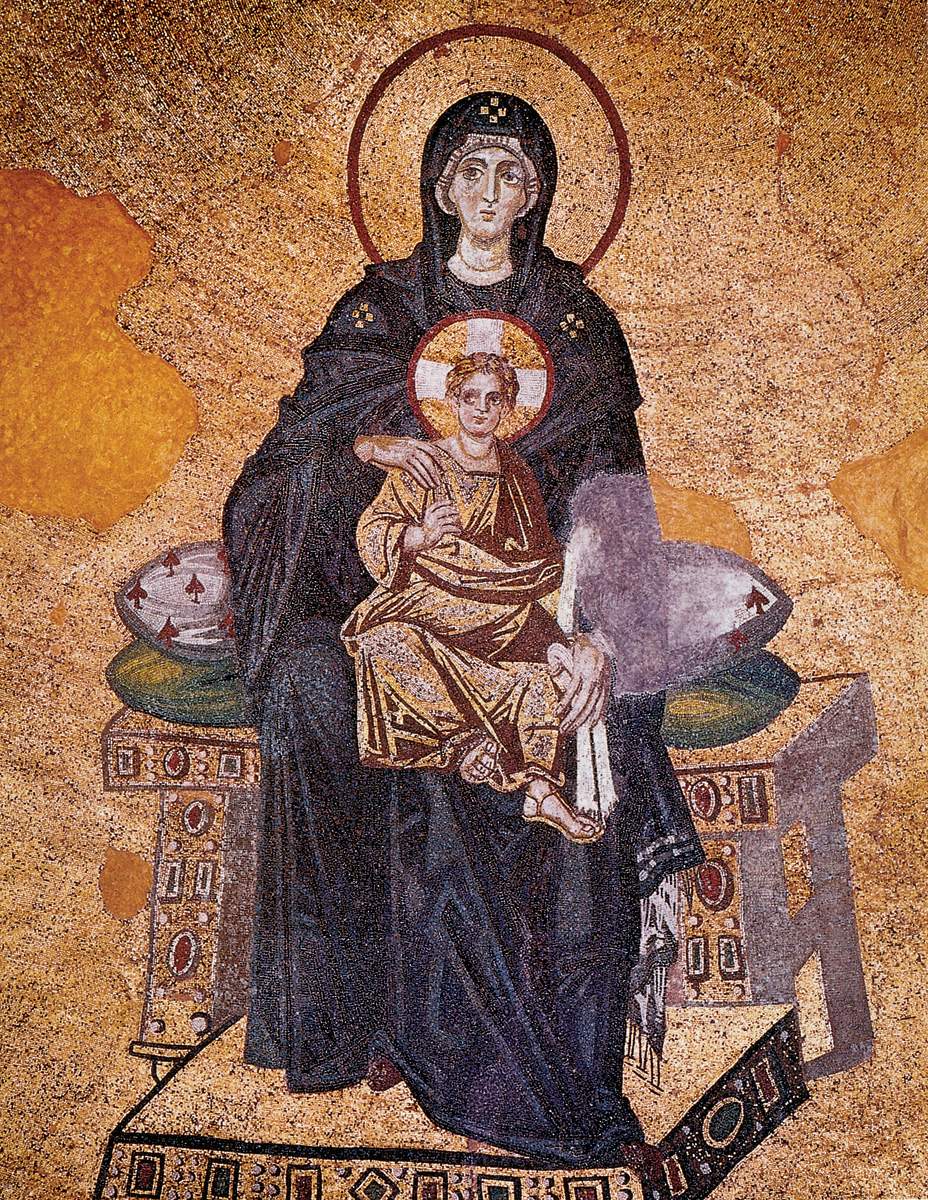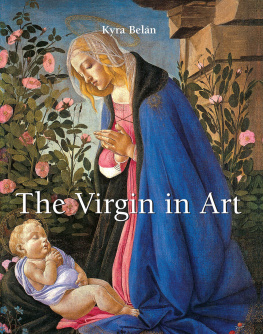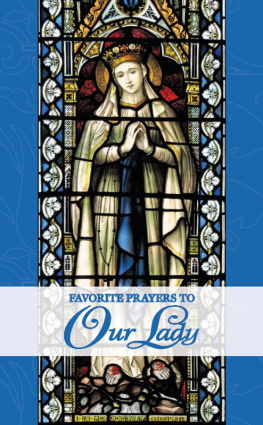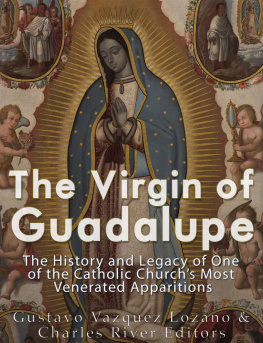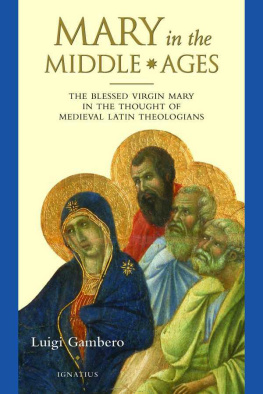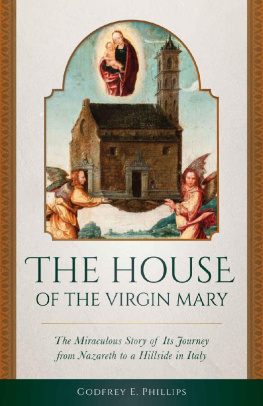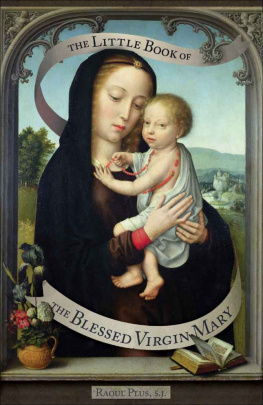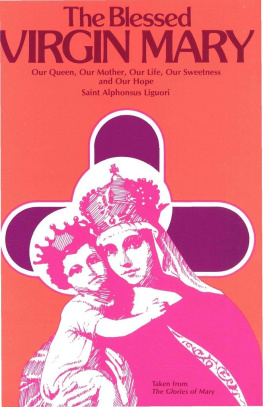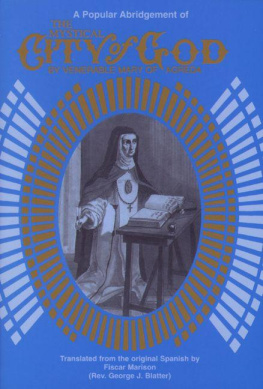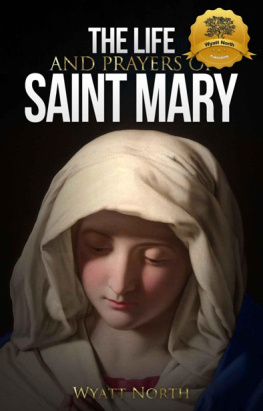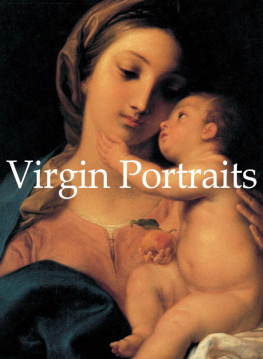Kyra Beln
The Virgin
and Art

Acknowledgements
Iam deeply grateful to the artists who created the wonderful images of the Madonna, without whose contributions this book would not exist. I am also thankful to Charles Martin, whose consideration and patience was truly helpful, and to Betty Owen, who read the original manuscript and whose editorial comments I found very valuable. My special thanks to Aurlia Hardy for her help with my research, and to Emily Nangle, Cornelia Sontag, and Jean-Paul Manzo.
To Our Lady of Guadalupe Madonna of the Old and the New World with gratitude
Text: Kyra Beln
Layout:
Baseline Co. Ltd
Ho Chi Minh City, Vietnam
Sirrocco, London, UK (English version)
Confidential Concepts, Worldwide, USA
Parkstone Press International, New York, USA
Image Bar www.image-bar.com
Kyra Beln (pictures )
Helen Chadwick and Edward Woodman. The Helen Chadwick Estate/V. & A. picture library (picture )
Charles Bosseron Chambers
Salvador Dal, Gala-Salvador Dal Foundation, Artists Rights Society (ARS), New York, USA
Leonor Fini, Artists Rights Society (ARS), New York / ADAGP, Paris
Banco de Mxico Diego Rivera & Frida Kahlo Museums Trust. Av. Cinco de Mayo no2, Col. Centro, Del. Cuauhtmoc 06059, Mxico, D.F
Estate of Alice Neel. Courtesy Robert Miller Gallery (picture 199)
Nicholas Roerich
Dorothea Tanning, Artists Rights Society (ARS), New York /VG Bild-Kunt, Bonn
Remedios Varo, Artists Rights Society (ARS), New York /VEGAP, Madrid
The works illustrated on pages have been reproduced by permission of the Henry Moore Foundation
ISBN: 978-1-68325-592-5
We would like to extend special thanks to Mike Darton for his invaluable cooperation.
All rights reserved. No part of this publication may be reproduced or adapted without the permission of the copyright holder, throughout the world. Unless otherwise specified, copyright on the works reproduced lies with the respective photographers. Despite intensive research, it has not always been possible to establish copyright ownership. Where this is the case we would appreciate notification.
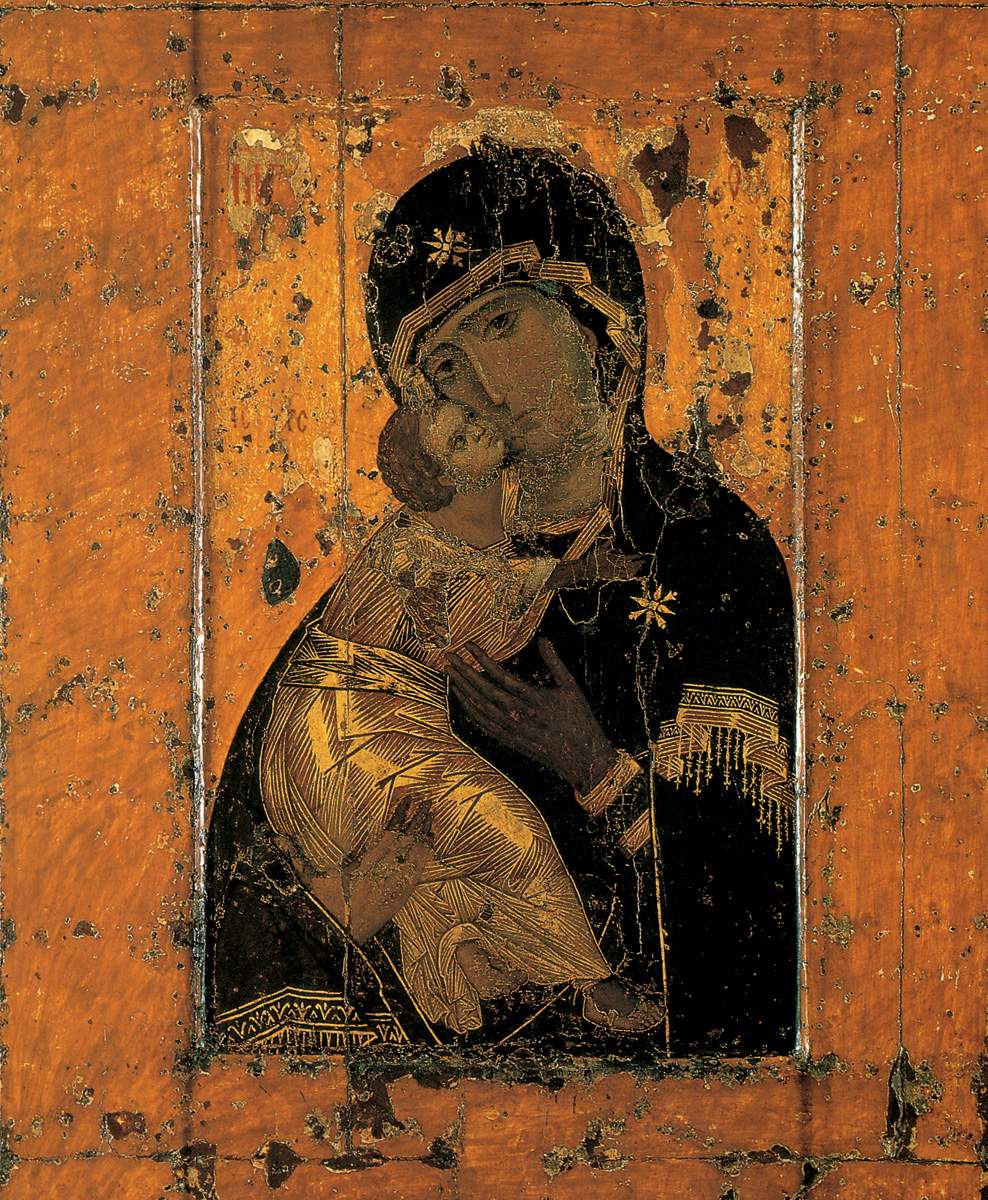
Our Lady of Vladimir, first third of the 12 th century. Tempera on wood, 104 x 69 cm. The State Tretyakov Gallery, Moscow.
Contents
The Virgin in Art
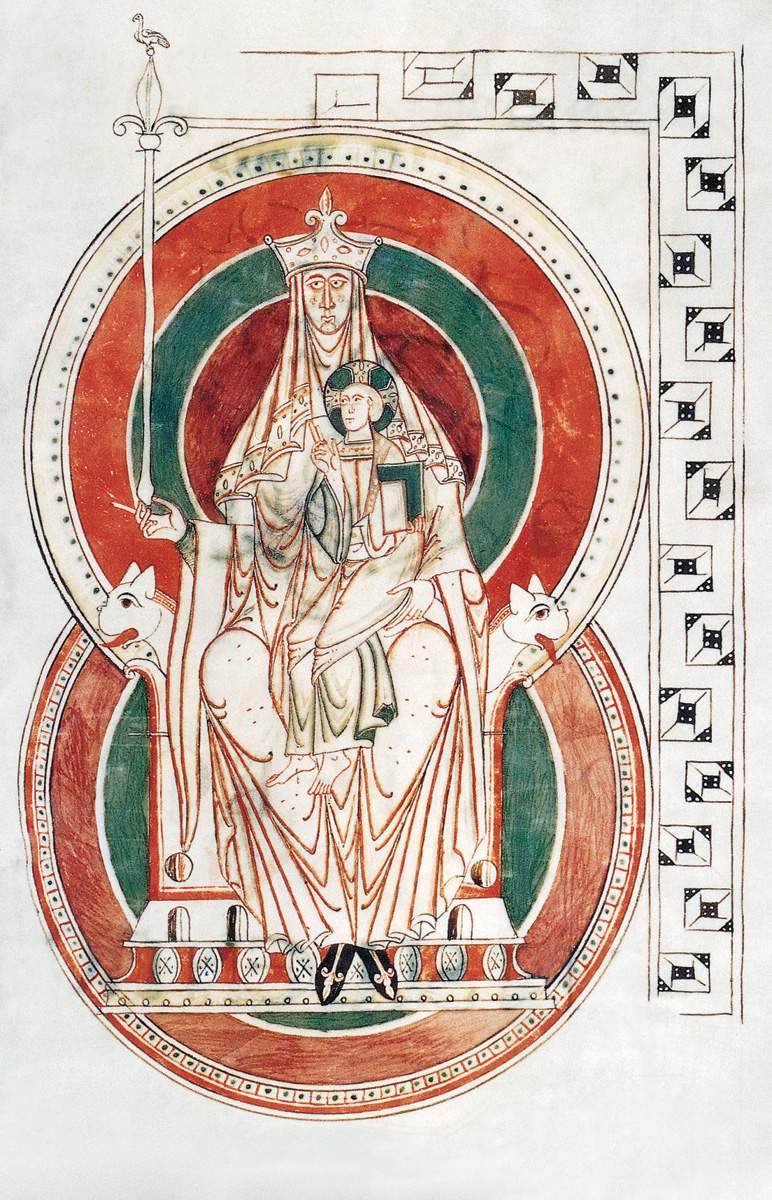
Mary as Sophia on the Lion Throne, c. 1150. Illuminated manuscript. Bodleian Library, Oxford, England.
Introduction
The image of the Madonna has been embedded in the arts of the Western world for nearly two thousand years. In all these Euro-centric cultures, she embodies the purest form of unconditional love and is perceived as the compassionate and forgiving nurturer of all Christian people. The Madonna is also seen as the loving mother and protector of all humanity. Her followers believe that only she can fully understand human grief, passion and happiness; she forgives, mediates, and consoles, and she is the connection between human beings and their God. She has been venerated as the Queen of Heaven, the Mother of All, and as the embodiment of compassion. She is seen as selfless, humble, and caring, and represents the feminine spirituality within Christianity. She is also known as the Virgin Mary, Our Lady, the Queen of Heaven, and the Blessed Mother of God.
For many centuries the Madonna has inspired thousands of artists who laboured innumerable hours creating her images using different styles, materials, and techniques. This huge body of artwork, a cultural legacy of major proportions, represents a social system that still dominates the world. Art museums, galleries, palaces and private collections are filled with her icons.
Through the centuries, images of the Virgin were created according to the religious interpretations of beliefs, myths, iconography and symbolism prevalent at the time.
Today, Mary represents different things to different people, yet her universal message of unconditional love is accessible to all. The proof for contemporary Marian devotion may lie in the frequent sightings of apparitions of the Madonna all over the globe, and in her prominent presence on the Internet.
The images of Mary are familiar to most people on this planet. As centuries unfolded and as the roles of women within society were modified, diminished, or expanded, the role of the Madonna was understood and interpreted in a new way. The dialogue about Marys divine nature, her dogma, her conventional and occult symbols, and her origins continues among the theologians, the philosophers, and the sociologists of the new millennium. Although modern artists are no longer obligated to produce religious images, many particularly women are often inspired by her traditional or expanding role. To create their art, they often choose new forms of artistic expression.
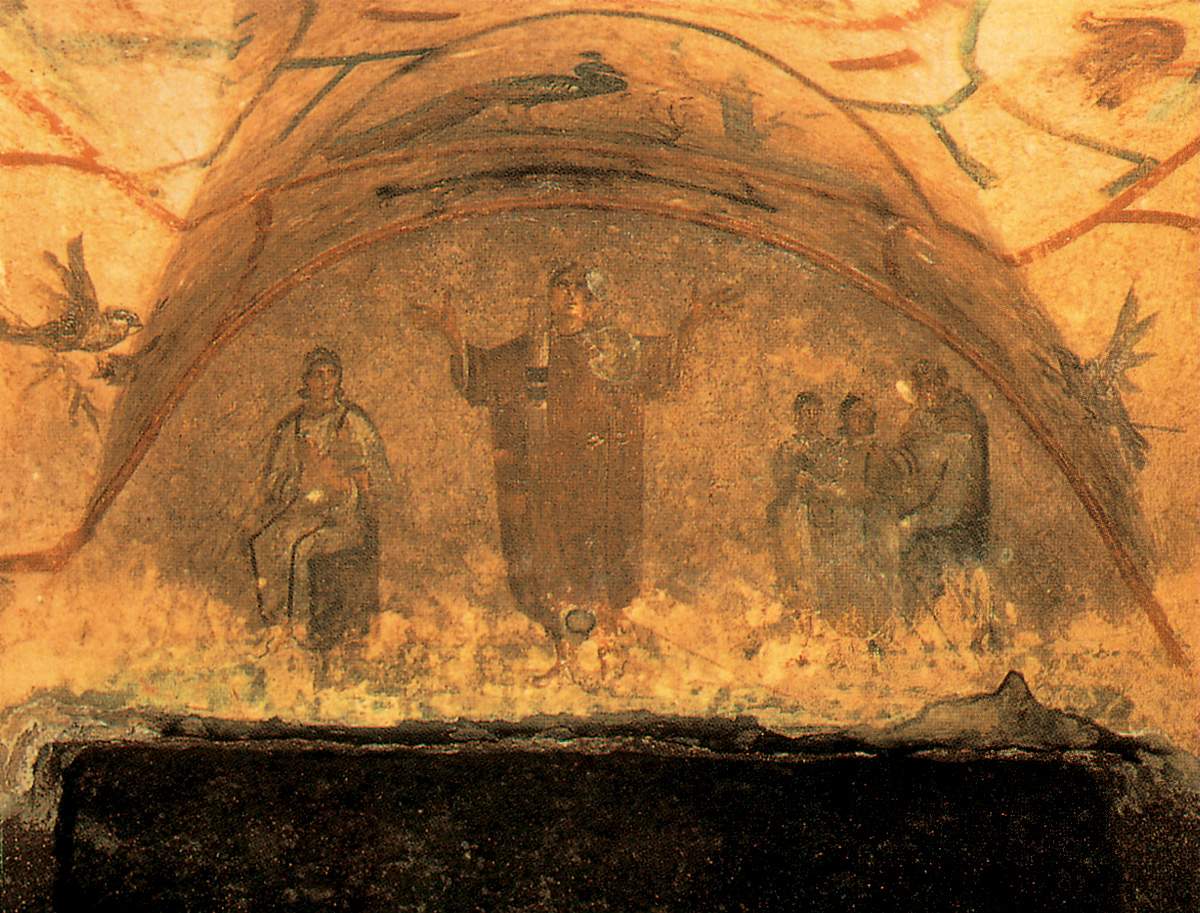
Teacher and Pupils, Orant, and Child, 3 rd century. Wall painting in a lunette. Catacomb of Priscilla, Rome.
The presence of Mary within Western civilisation has a long theological history of transformation. Scholars concur that during early Christianity there were other paramount feminine faces of spirituality, such as Sophia, who was understood to be the feminine aspect of the complex Christian God. Hagia Sophia represented the Divine Wisdom and was celebrated as a co-creator, together with the Father, the Son and the Holy Spirit. At the beginning of Christianity, particularly in Eastern Europe, the Holy Ghost was understood as female. Yet it usually was Sophia who was celebrated as the feminine aspect of the divine. As Sophias popularity among the dogma-generating clergy waned, the popularity of the Virgin Mary, the Mother of God, gradually increased. One of the earliest images of Mary still extant was painted in the 2 nd or 3 rd century, and is located in the Crypt of the Veiled Lady, the Catacombs of Priscilla, in Rome. This image represents her in the company of a centrally-located female figure, perhaps an early image of Sophia. A figure, possibly of Jesus, with students, is placed on the right of the figure in the centre. The Virgin Mary, holding her infant, is located on the left side of the standing figure.
During the 6 th century, the presence of the Mother of God was reaffirmed within the Christian religious dogma all over Europe, including the Byzantine Empire. This affirmation effectively neutralised the threat of a competitor religion, that of the Great Goddess Isis of Egypt. During early centuries CE,
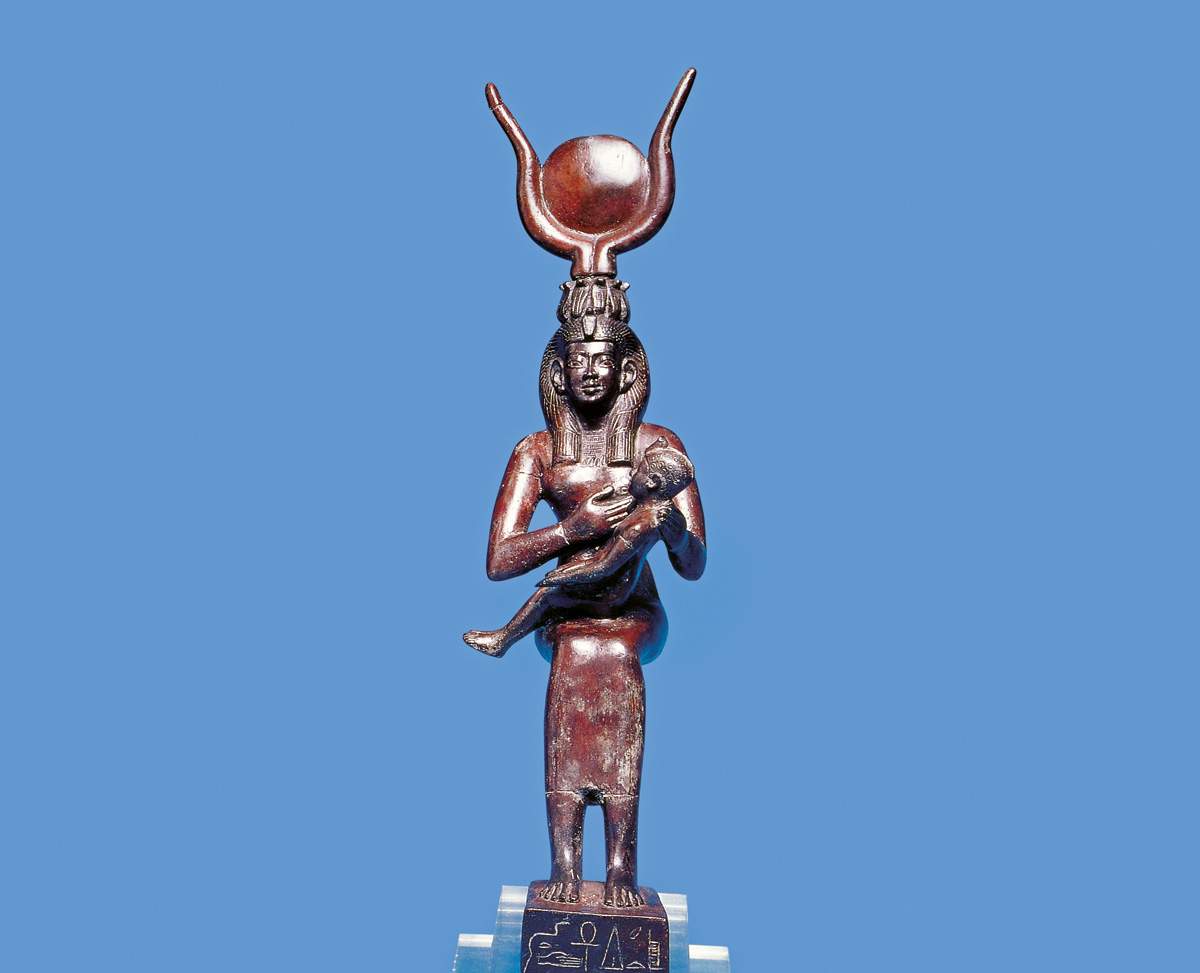
Figure of Isis and Horus, 200 BCE 100 BCE. Copper alloy and bronze, height: 27 cm. The Fitzwilliam Museum, University of Cambridge, Cambridge.
